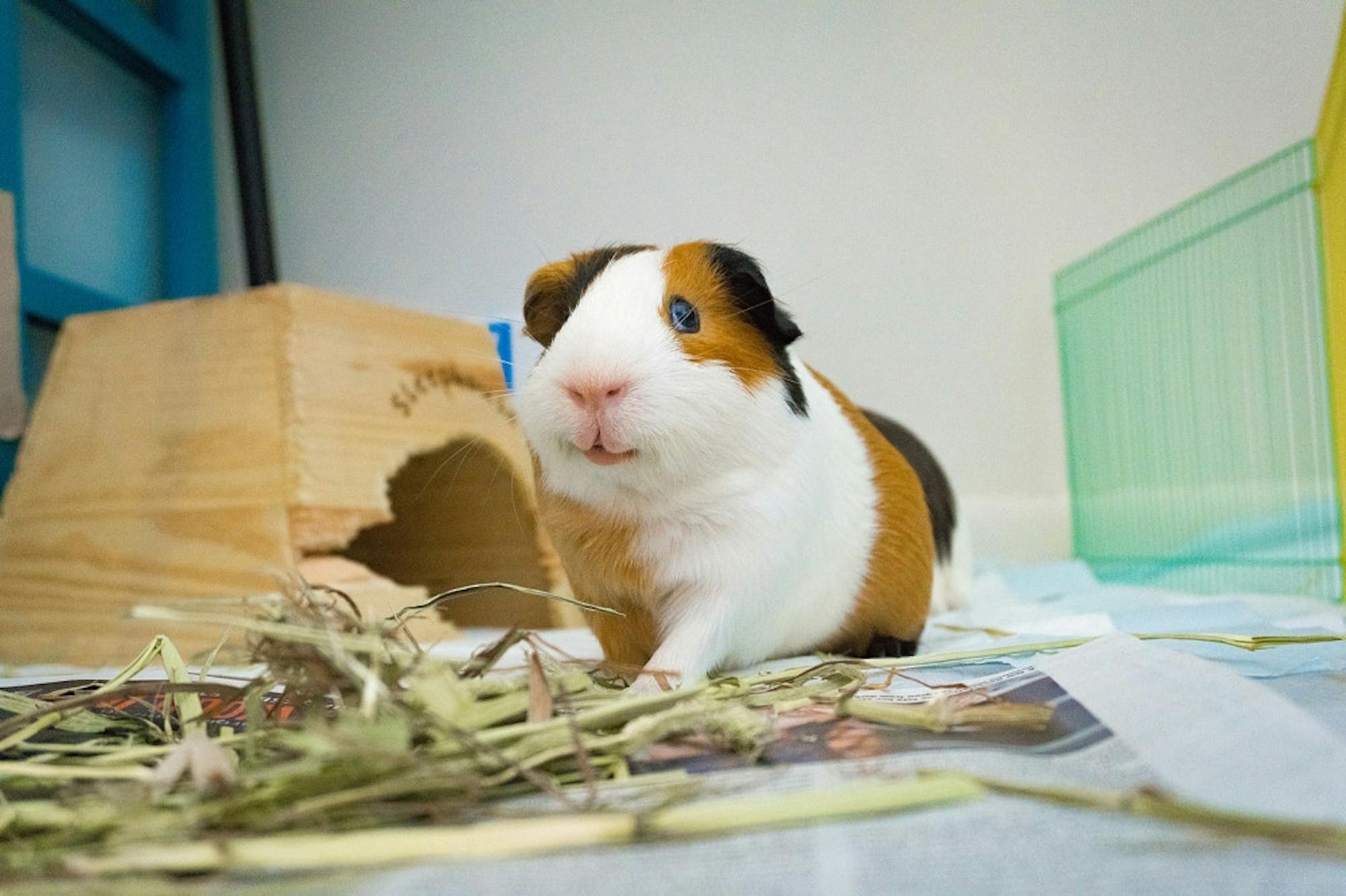New COVID-19 variant found across globe, raises questions about transmissibility
A new COVID-19 variant labeled omicron has recently emerged in several countries, including South Africa, Botswana and Hong Kong, and contains dozens of mutations from the original alpha variant,leading many scientists to discuss its implications for COVID-19’s future. Although the moment when omicron first started to infect people is not exactly known, infectious disease researcher Kristian Andersen hypothesizes that the variant could have emerged in September or October, indicating that it was initially slow to spread. However, this does not mean that it is less contagious than previous variants; in fact, researchers predict that the mutations associated with omicron may likely increase the virus’s resistance to the vaccine and its rate of infection, according to evolutionary biologist Jesse Bloom. Because of this,researchers are suggesting that people receive a booster shot to strengthen their protection against omicron.
Interestingly, because there are so many mutations, the S gene that is used to detect if a person has been infected with COVID-19 during a PCR test was nearly unrecognizable, which may explain why the variant was only recently discovered. There are at least 30 mutations in the spike protein of the omicron variant, including three amino acid deletions and one insertion, in addition to replacing other amino acids with new ones. Researchers still need time to figure out how exactly, if at all, these mutations will make omicron’s infection rate different from previous variants.
— Maiah Islam
One-third of Aduhelm patients may experience brain swelling, study finds
Just four stops away from Tufts Univesity on the Red Line, Kendall Square-based company Biogen is facing continued challenges with its recently Food and Drug Administration-approved Alzheimer’s Disease medication, Aduhelm. A new study conducted by the company found that 35% of patients may have experienced brain swelling due to the drug. Aduhelm was approved by the FDA in June, and its approval has been controversial as the findings from two clinical trials were contradictory as to whether the drug actually slowed AD-related cognitive decline.
One of thefirst formal publications of data from the company’s clinical trials found that out of 1,029 patients who received Aduhelm, 362 developed swelling of the brain, visualized through brain images of clinical trial participants. Of those 362, 94 were symptomatic and experienced headaches, confusion and dizziness. Out of the entire trial population, 19% of patients developed brain bleeds and 41% experienced either brain swelling, bleeding or both, with 14 of those cases being deemed serious or requiring hospitalization.
The side effects experienced by patients from the trials are known as amyloid-related imaging abnormalities, and they are being studied by scientists to understand their effects since the drug is now available to the general population. Although efficacy data has not been published yet, concerns are rising after the death of a patient, who was hospitalized due to a seizure and was diagnosed with brain swelling, both of which are consistent with amyloid-related imaging abnormality symptoms.
— Maddie Yost
Early Lyme disease vaccine trial successful in guinea pigs
An innovative vaccine for Lyme disease hasbeen successful in an early-stage trial on guinea pigs. The shot uses mRNA technology pioneered by the Pfizer-BioNTech and Moderna COVID-19 vaccines and is unique because — unlike every other currently approved human vaccine — it doesn’t target a specific pathogen. Instead, the vaccine trains the immune system to respond to the saliva in a tick bite and develop a rash before the tick can transmit the bacteria that causes Lyme disease.
Lyme disease is the most common vector-borne disease in the United States. It is typically transmitted to humans through the bite of black-legged ticks infected with Borrelia burgdorferibacteria. Symptoms include fever, headache and a skin rash; left untreated, it can lead to joint pain, swelling and neurological problems.
In the trial, ticks were removed from guinea pigs once they had developed inflammation or redness from the bite. Vaccinated guinea pigs developed a rash after 18 hours, while unvaccinated guinea pigs had much slower immune responses. Ticks that were not manually removed would also fall off the vaccinated guinea pigs on their own within 48 hours, whereas 80% of ticks on unvaccinated guinea pigs stayed on for over 96 hours. This dramatic decrease in time for the tick to latch on limits the ability for the bacterium to be transmitted; typically, it takes 36 hours for Lyme disease to be transmitted to humans after the first bite.
None of the vaccinated guinea pigs contracted Lyme disease, while around half of the unvaccinated guinea pigs did.
— Cindy Zhang
CDC emphasizes recommendation for COVID-19 boosters
The Center for Disease Control and Prevention strengthened its previous recommendation for COVID-19 booster shots, suggesting that all adults over the age of 18 receive a booster dose. With the recent emergence of the omicron variant and COVID-19 infection rates once again increasing across various regions, scientists are pushing all those who are not yet immunized to get vaccinated as soon as possible.
Though researchers are unsure how much harm omicron will pose, concerns over COVID-19 remain on the forefront of public health experts’ minds. As people transition into winter — with increased time indoors and outbreaks of flu, strep and other seasonal colds — the CDC emphasized the importance of the booster. Still, the ultimate goal remains the same: mitigate the effects of COVID-19, protect those who are most vulnerable and practice vigilant safety protocols.
— Sophie Wax






